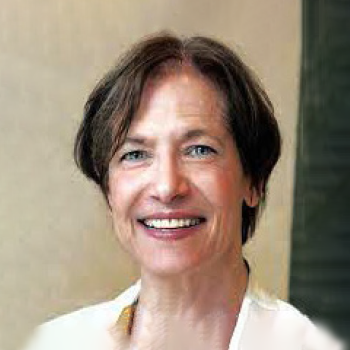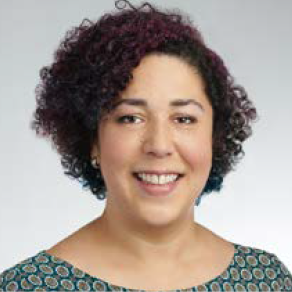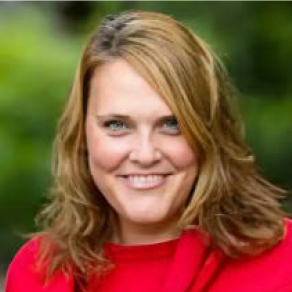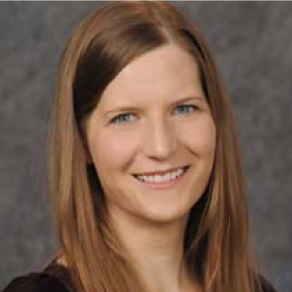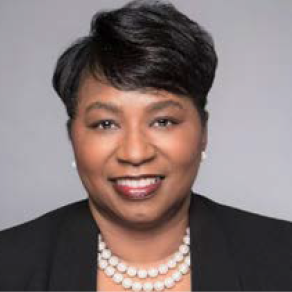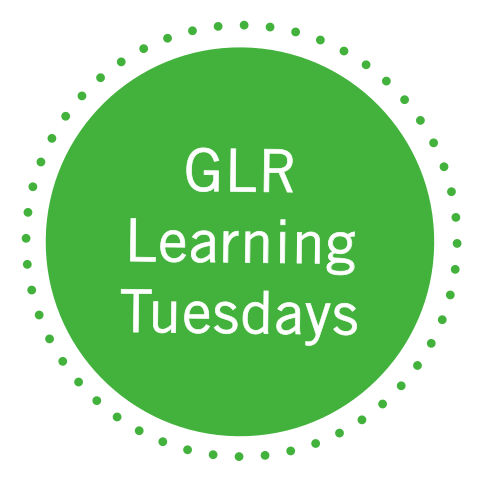
- This event has passed.
Play-Based Learning in the Kindergarten Classroom & Beyond
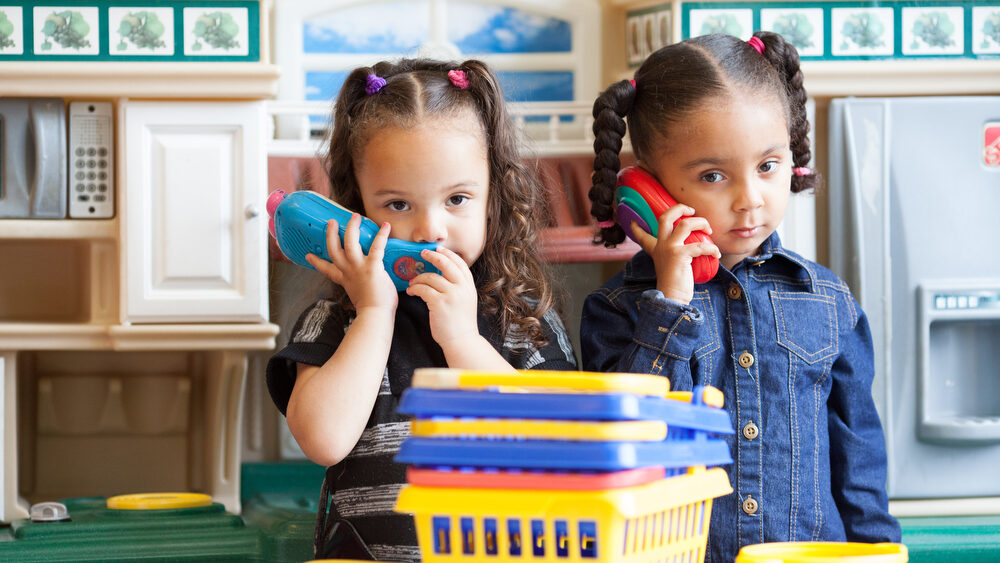
Moderated by Diana Greene, Ph.D., of Children’s Literacy Initiative, this conversation highlighted the ways that playful learning can and should be used as a classroom method that fosters creativity, curiosity and critical thinking in children.
Kathy Hirsh-Pasek, Ph.D., of Temple University and the Brookings Institution served as the key speaker in the conversation and began by highlighting the effectiveness of active playful learning (APL) in early grades classrooms. The approach, Hirsh-Pasek explained, works to enhance joy and depth in learning by emphasizing active, engaged and meaningful work in the classroom. Hirsh-Pasek shared the “Six C’s”— collaboration, communication, content, critical thinking, creativity and confidence — where students are experiencing immense growth after the introduction of APL in the classroom.
Hirsh-Pasek closed by sharing her excitement at the growing movement for APL, with some states, including Connecticut and Oklahoma, implementing playful learning in early grades education, and other states reaching out for guidance on how to enact the programs in their schools.
“In our system, we’re trying to change what goes on in the classroom; to have smaller groups, to amplify student voice and choice, [and to implement] all the things that make the classroom space active, engaging, meaningful, socially interactive and joyful.” – Kathy Hirsh-Pasek, Ph.D.
Following Hirsh-Pasek’s presentation, attendees heard from Kristi Kallam, a kindergarten educator of 25+ years, who shared examples of what playful learning looks like in her classroom. Kallam echoed Hirsh-Pasek’s remarks that children learn best when actively engaged in socially interactive and passionate teaching. This has prompted Kallam to organize her curriculum around three central themes each year involving subjects such as math, social studies and science, as well as activities like art and music.
“We begin to think about the other ways in which we can bring in different aspects of the curriculum. What can we do with music? What can we do with art projects? Are there recipes or games we can play? It begins to build this wonderful, engaging and meaningful environment where the kids take ownership.”
– Kristi Kallam
Attendees then heard from Loretta C. Brady, Ph.D., of Saint Anselm College and author of Technology Touchpoints, who expanded on the conversation by discussing the role of technology in play-based learning. Drawing on her research, Brady explained that while some argue for or against technology use, it’s more productive to view technology as a tool that can empower children when used creatively and with agency. Brady emphasized that devices such as iPads can support learning, social interaction and joy when integrated thoughtfully, similar to physical play.
“If we can understand and appreciate how technology is meeting children’s needs, we can understand why they’re so fixated on the screens and the content…by empowering a child to utilize that technology in a creative way — one that allows them voice and agency — it can be much more meaningful for the child.”
– Loretta C. Brady, Ph.D.
Following Brady’s remarks, Kimberly Nesbitt, Ph.D., of University of New Hampshire emphasized the need for collaboration across various levels — classrooms, schools, districts and state departments — to make lasting change in implementing play-based learning effectively. Nesbitt shared her experience working with the New Hampshire Department of Education to bridge the gap in the implementation of play-based learning models in the classrooms.
“We’re expanding to be able to share this vital information so that we can bring it back to our states, back to our districts, back to our local schools and try to make this movement happen….It’s hard to make systemic change, but together we can do it.”
– Kimberly Nesbitt, Ph.D.
Lastly, attendees heard from Debbie Leslie, Ph.D., with the University of Chicago who emphasized the importance of teacher learning and coaching, so that teachers feel supported through these educational changes. Allowing teachers to have choice and voice in their professional development and helping them break down the abstract ideas of play into concrete practices, Leslie explained, can foster progress and deeper learning within the classroom for the educators and teachers.
“It’s understandable that teachers are stressed when they are asked to do too many things. But if we have people who are there to help them think about how to implement these systems, they can take a deep breath.”
– Debbie Leslie, Ph.D.
Panel
